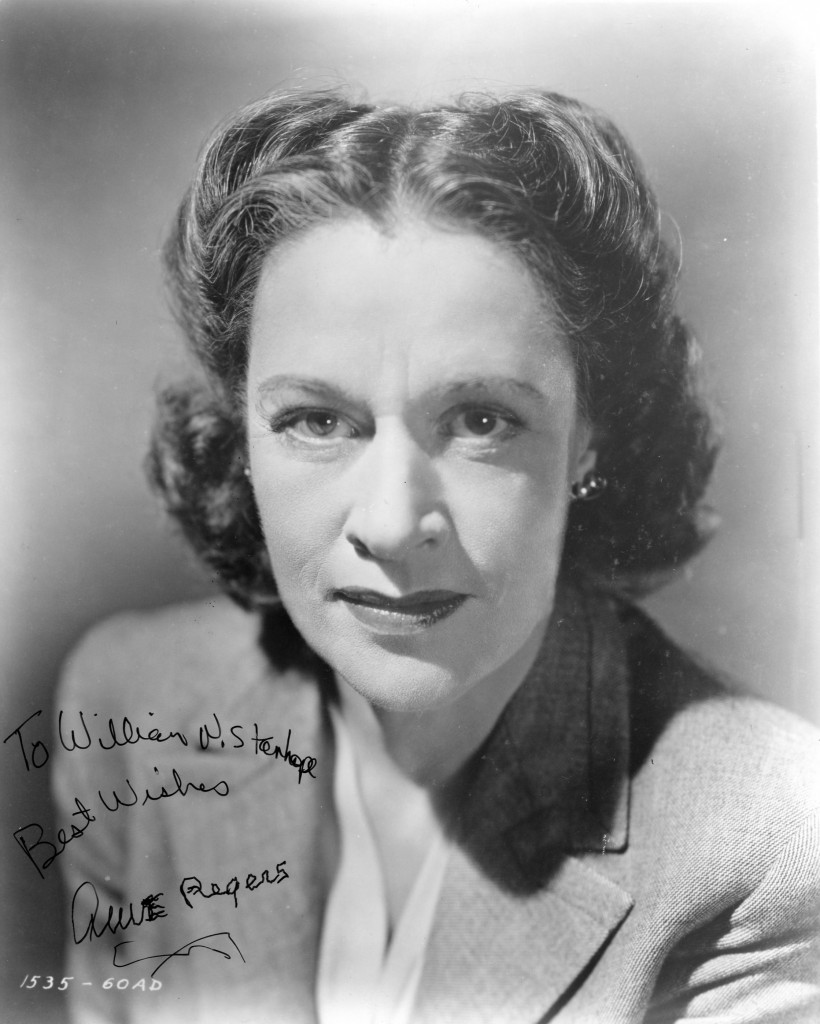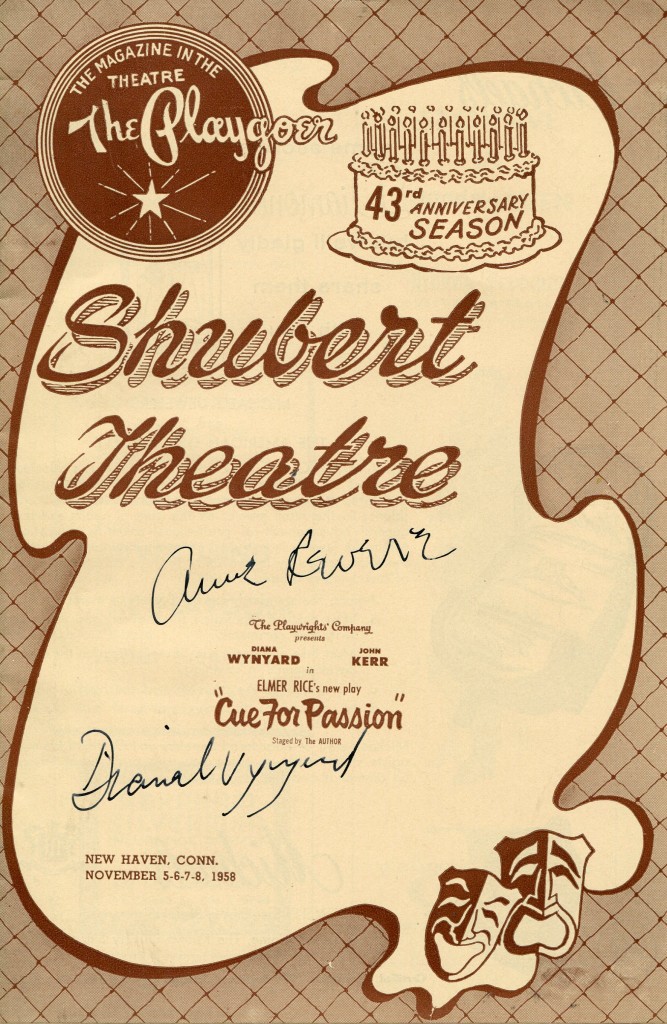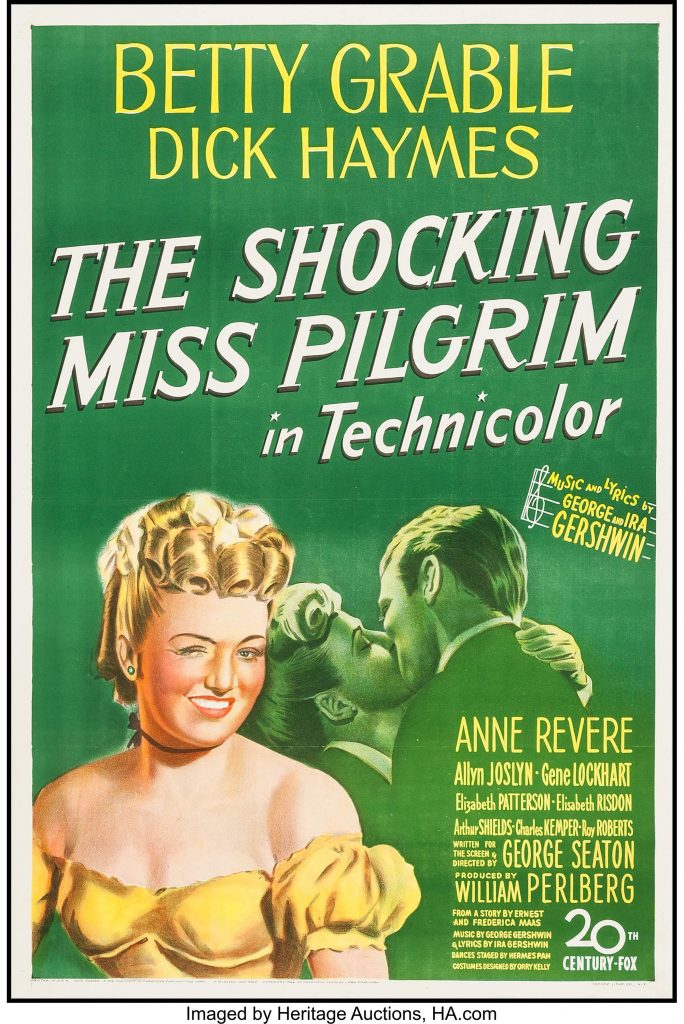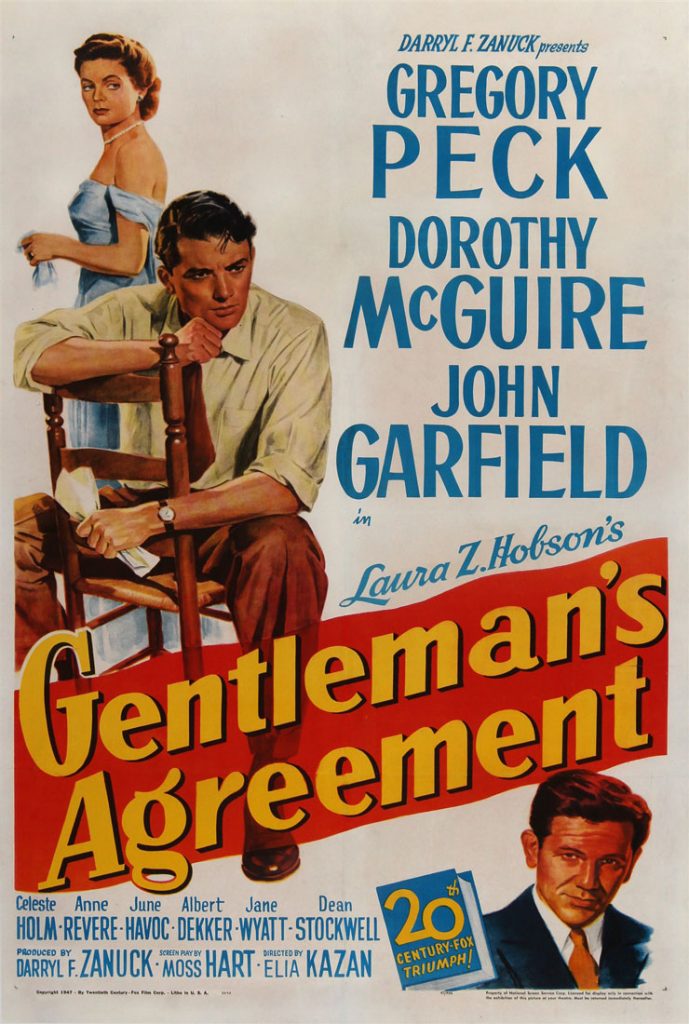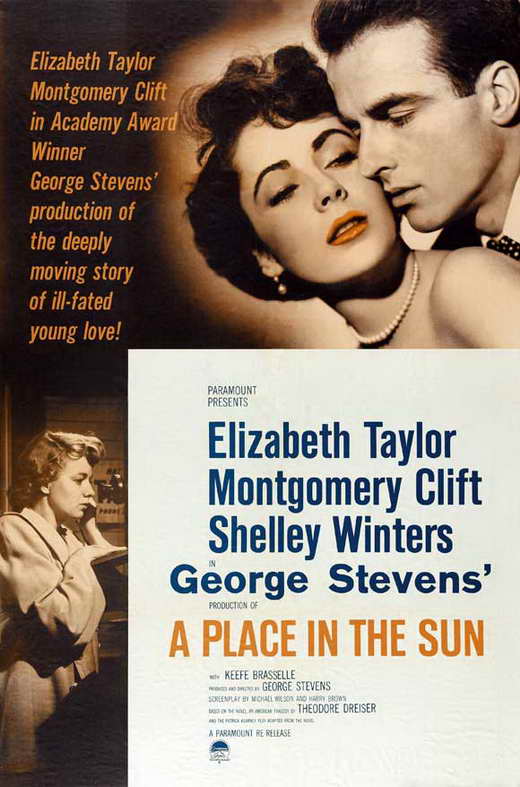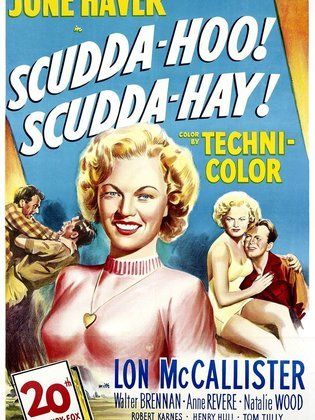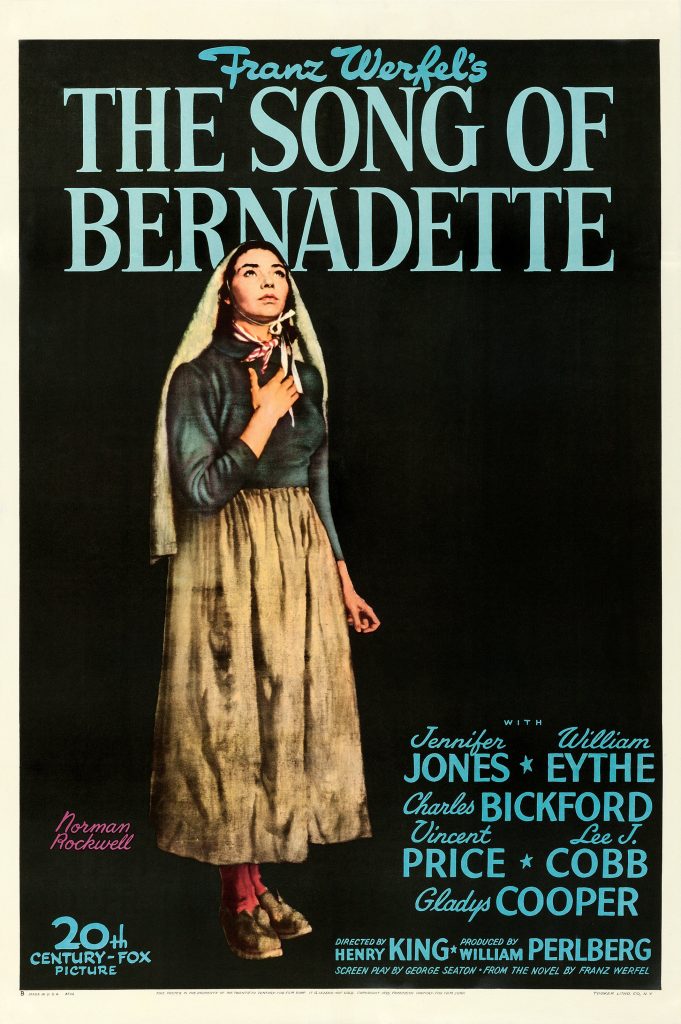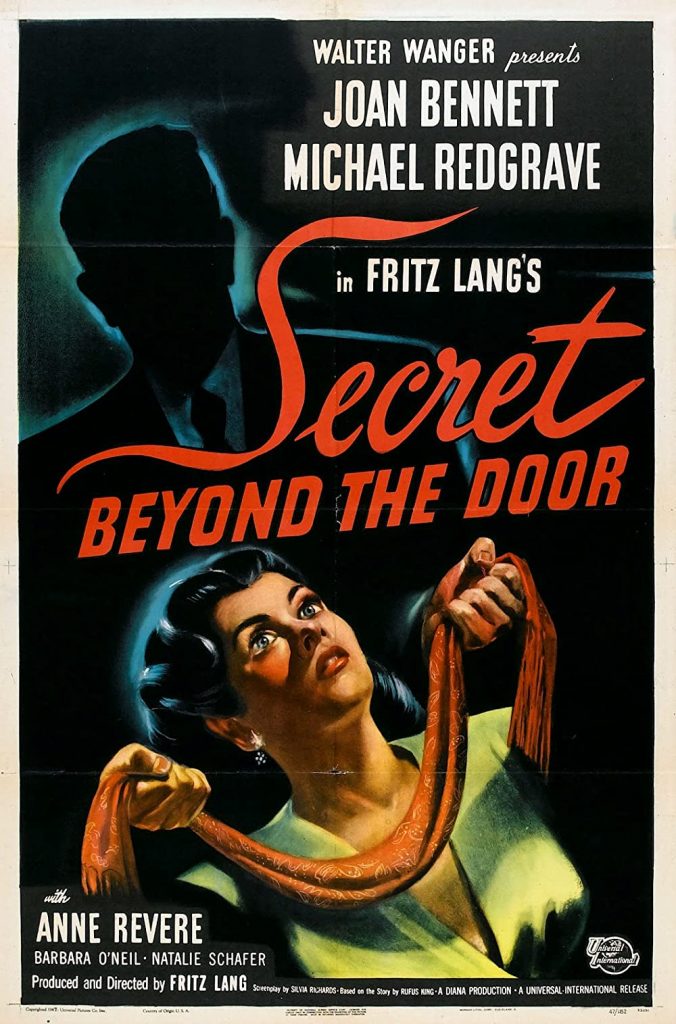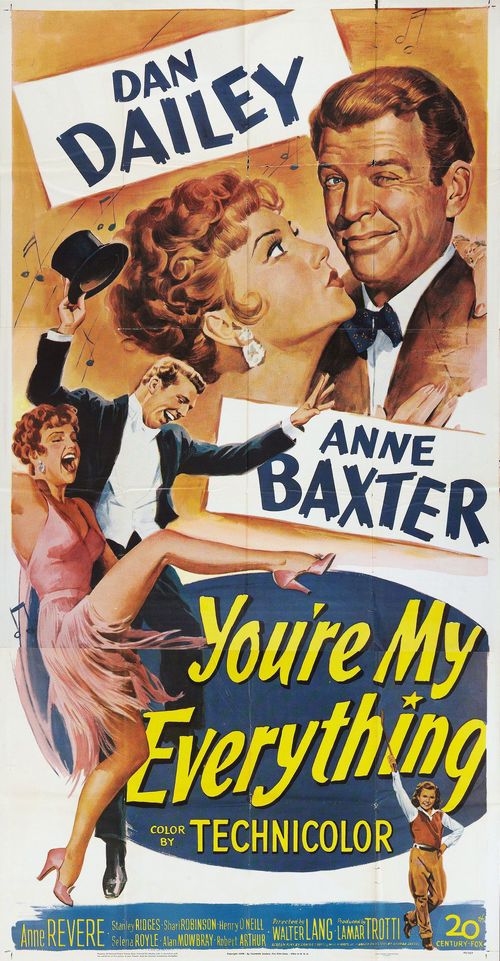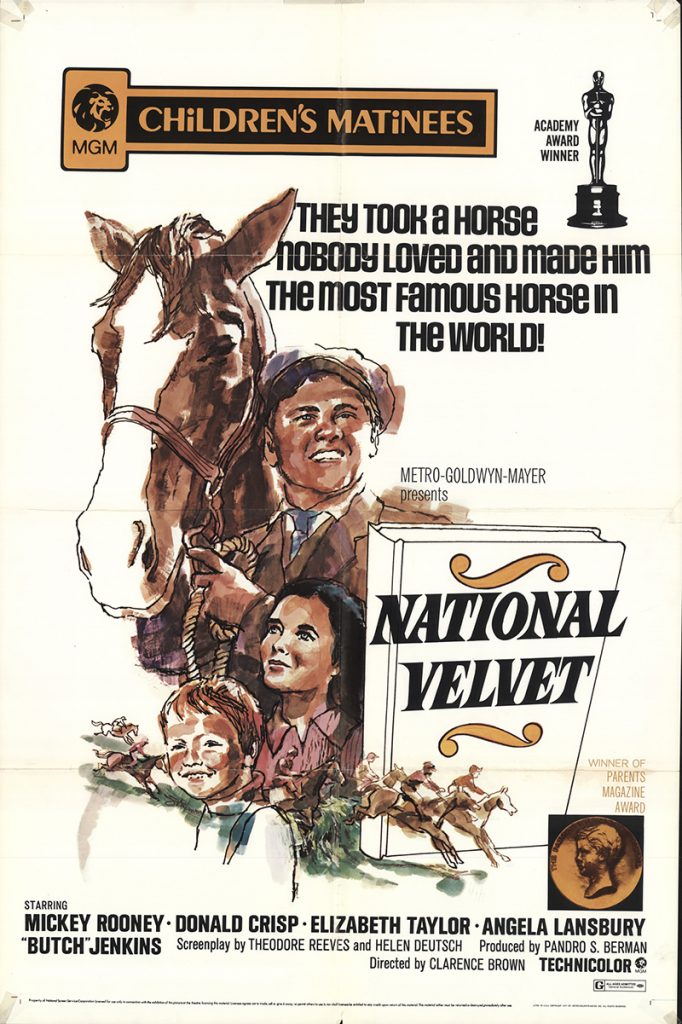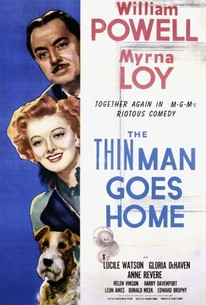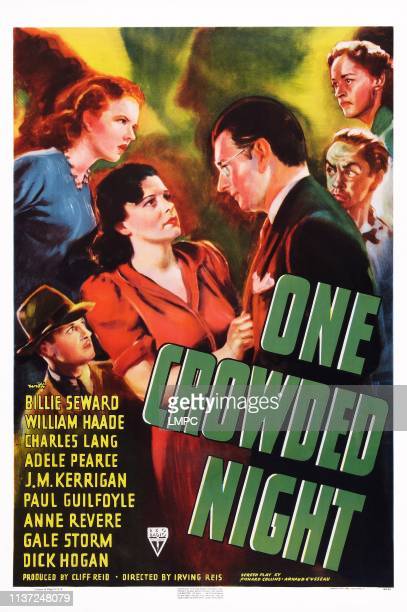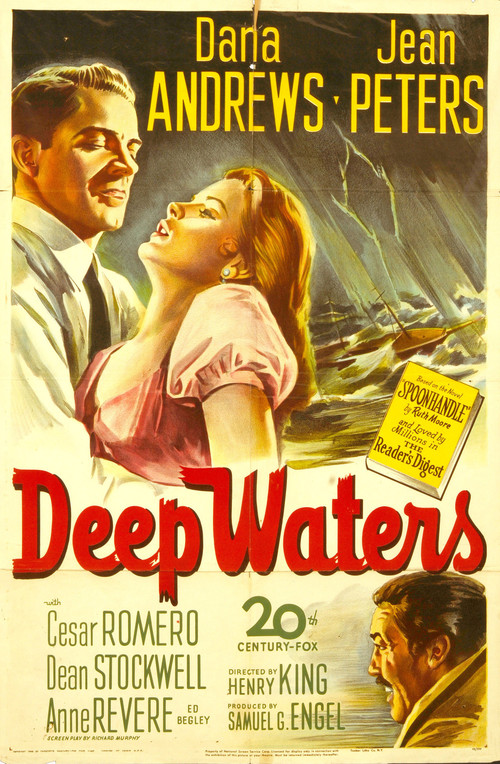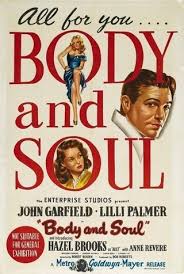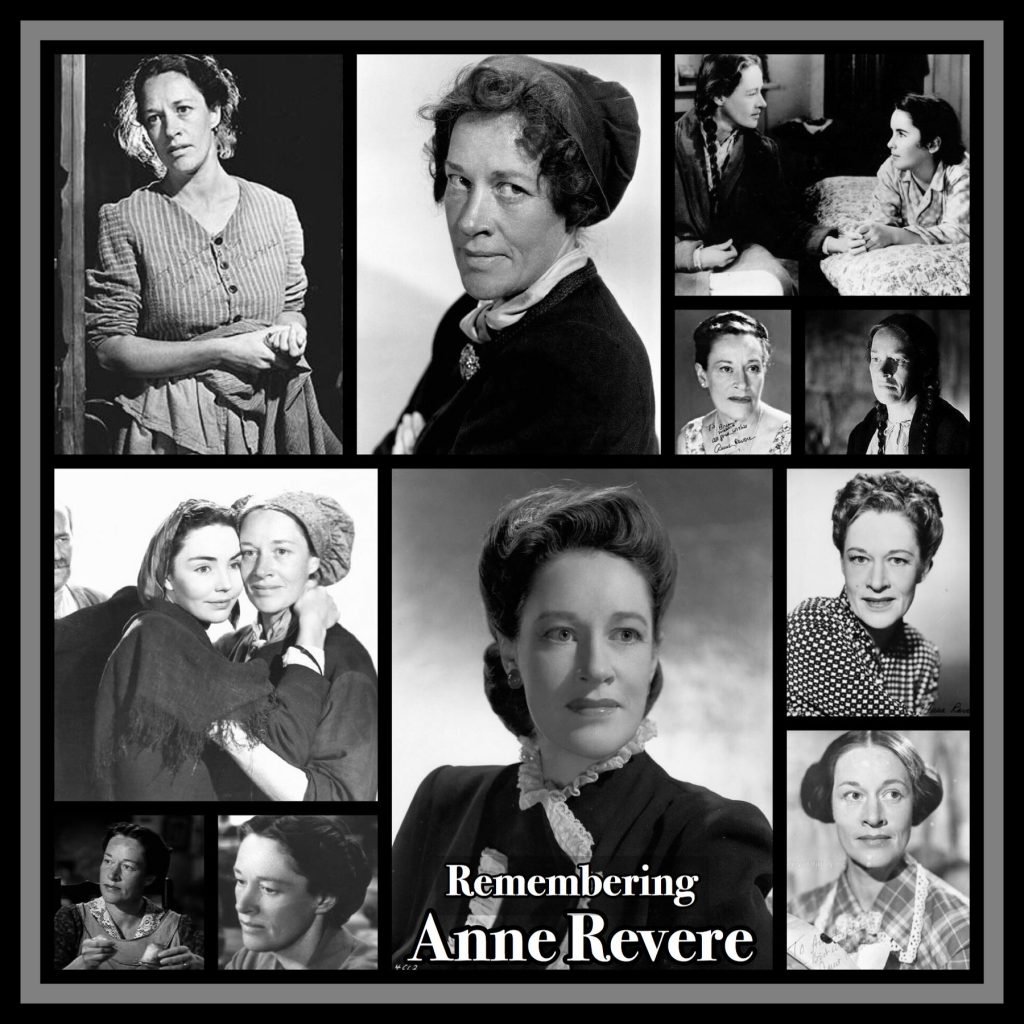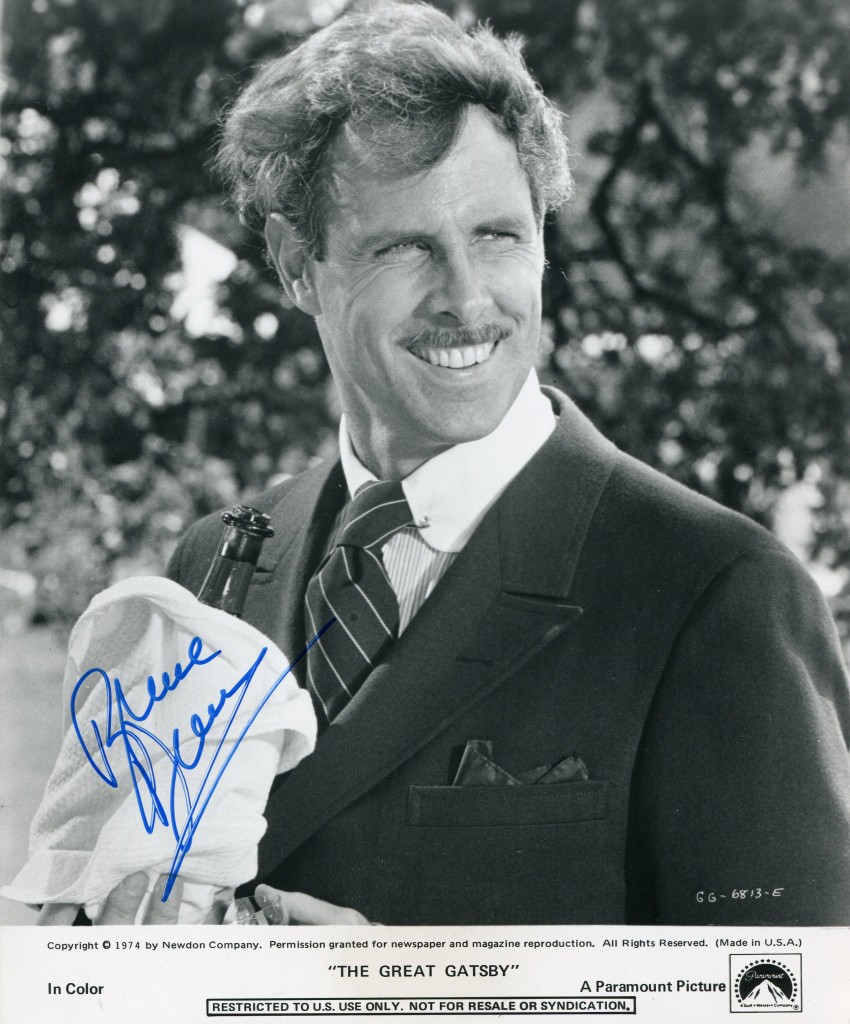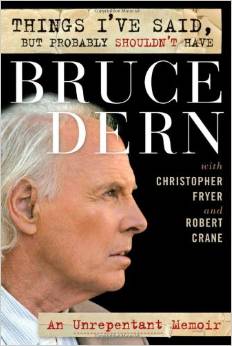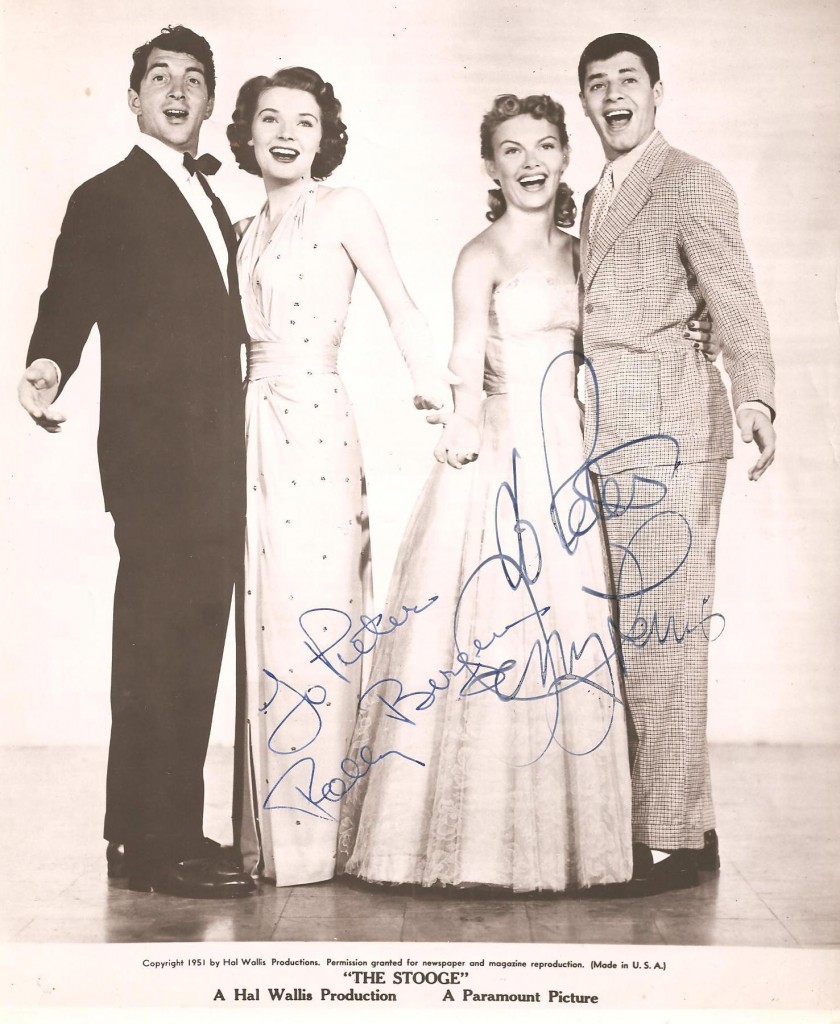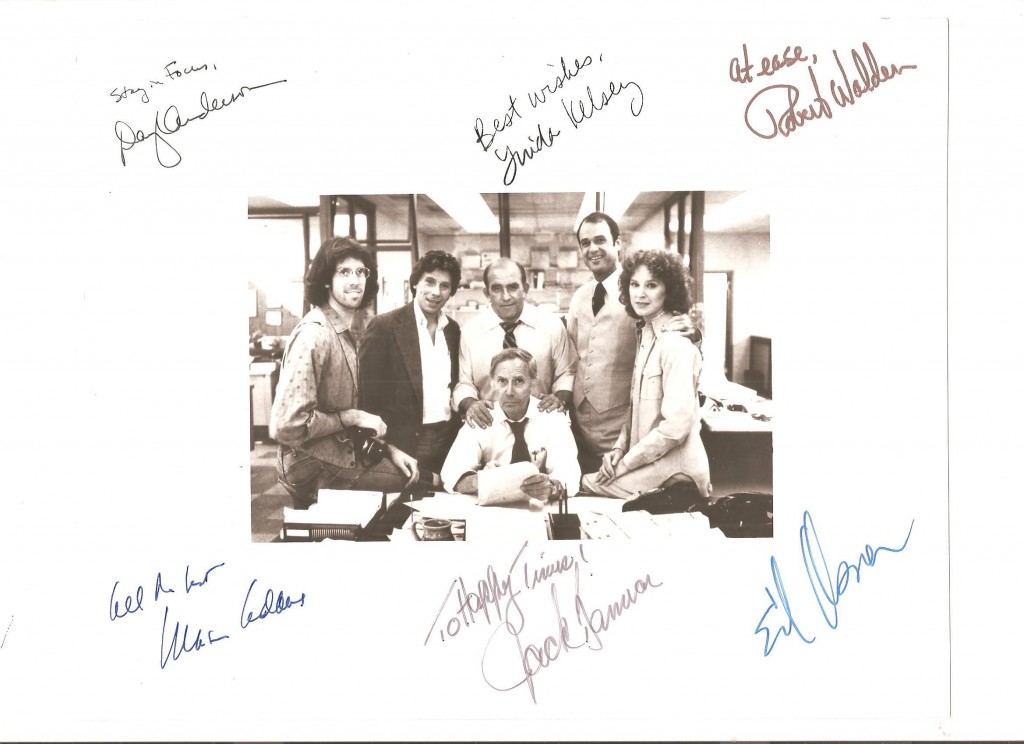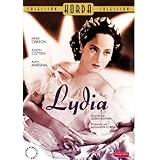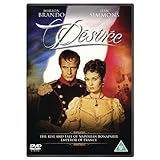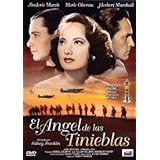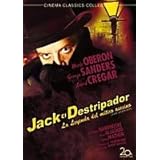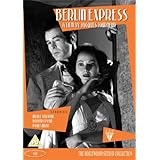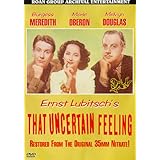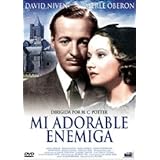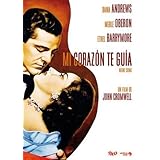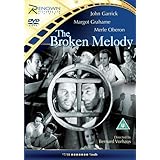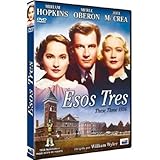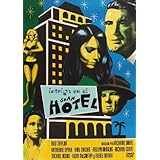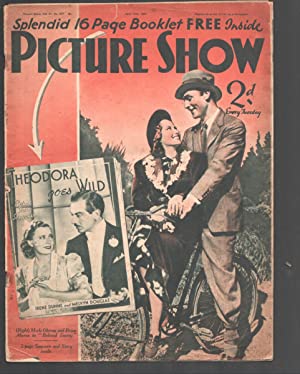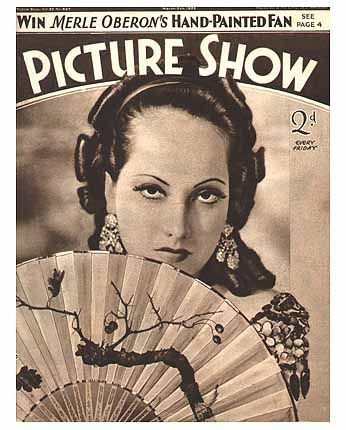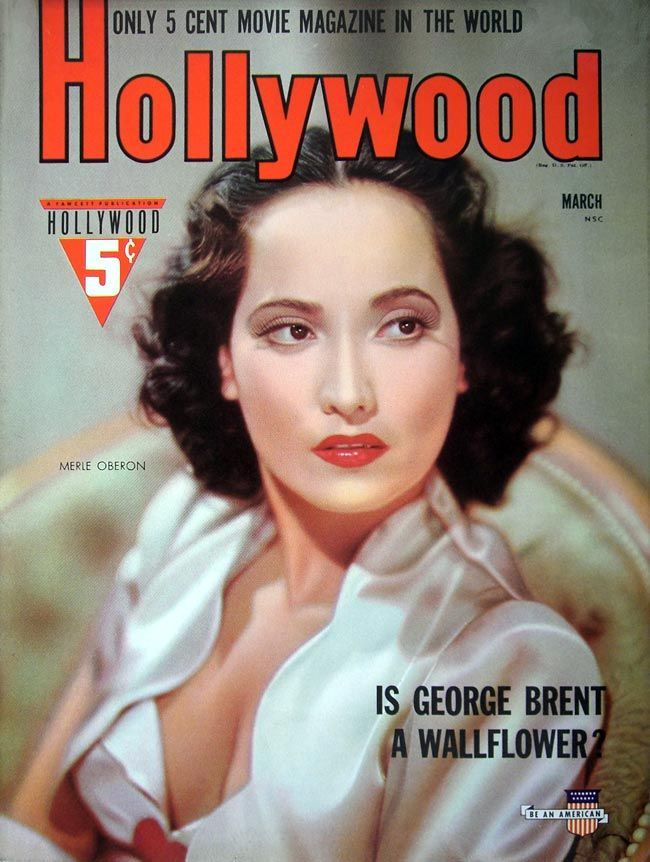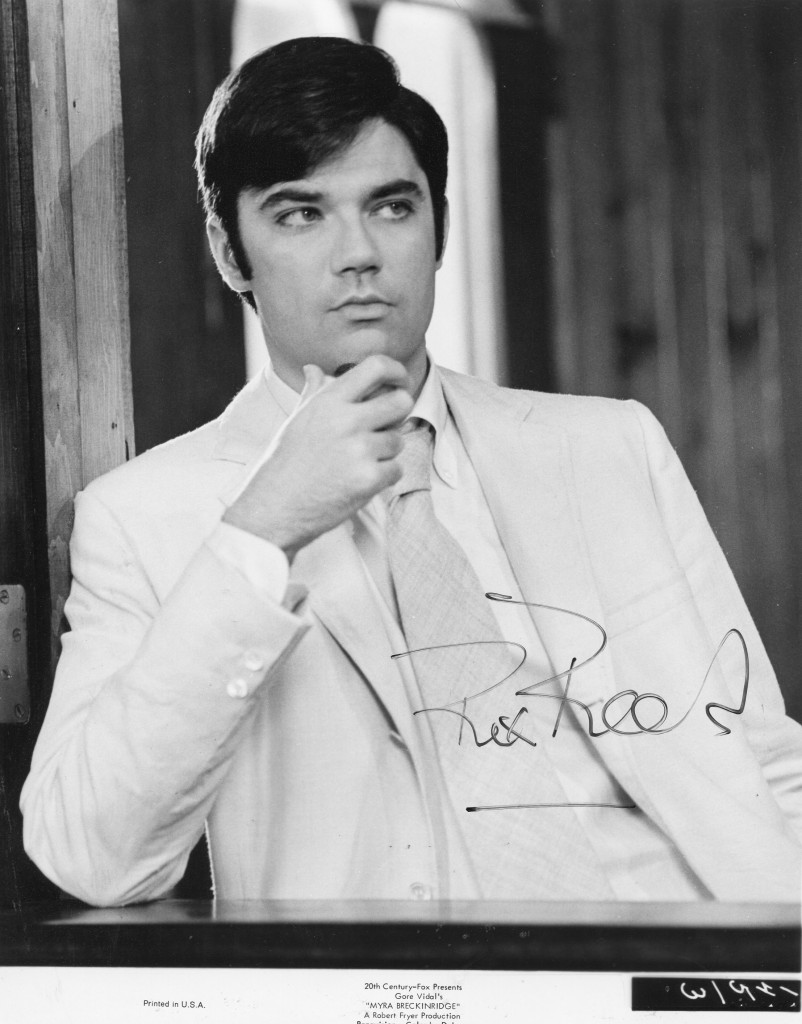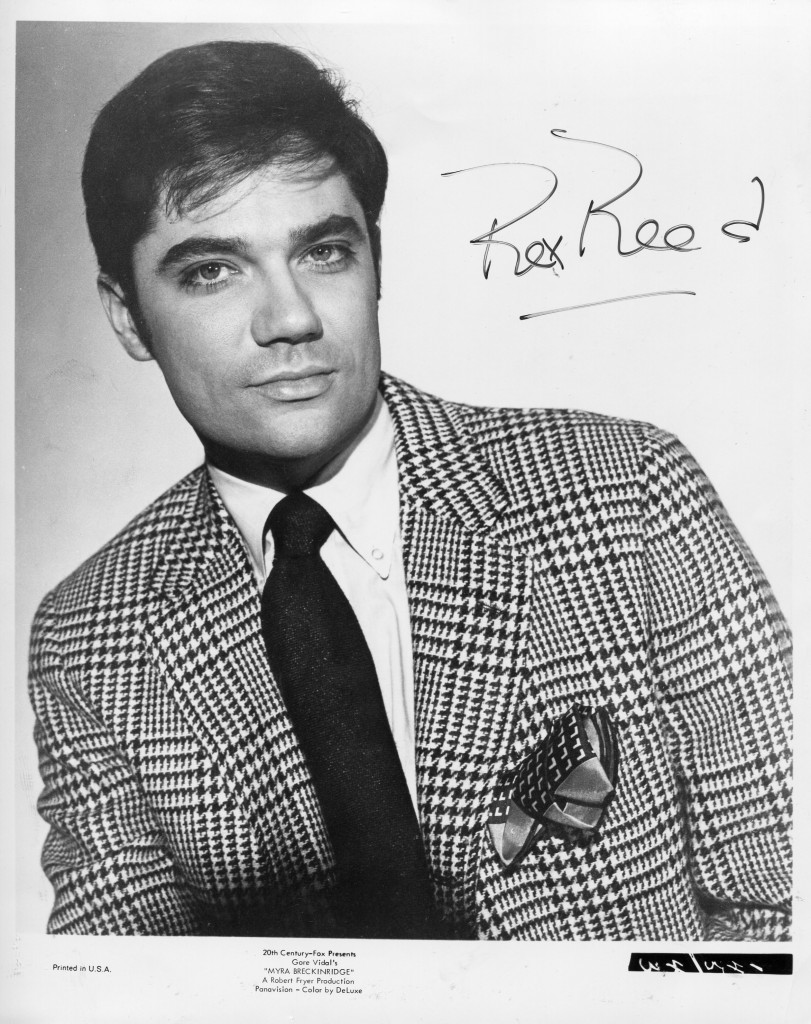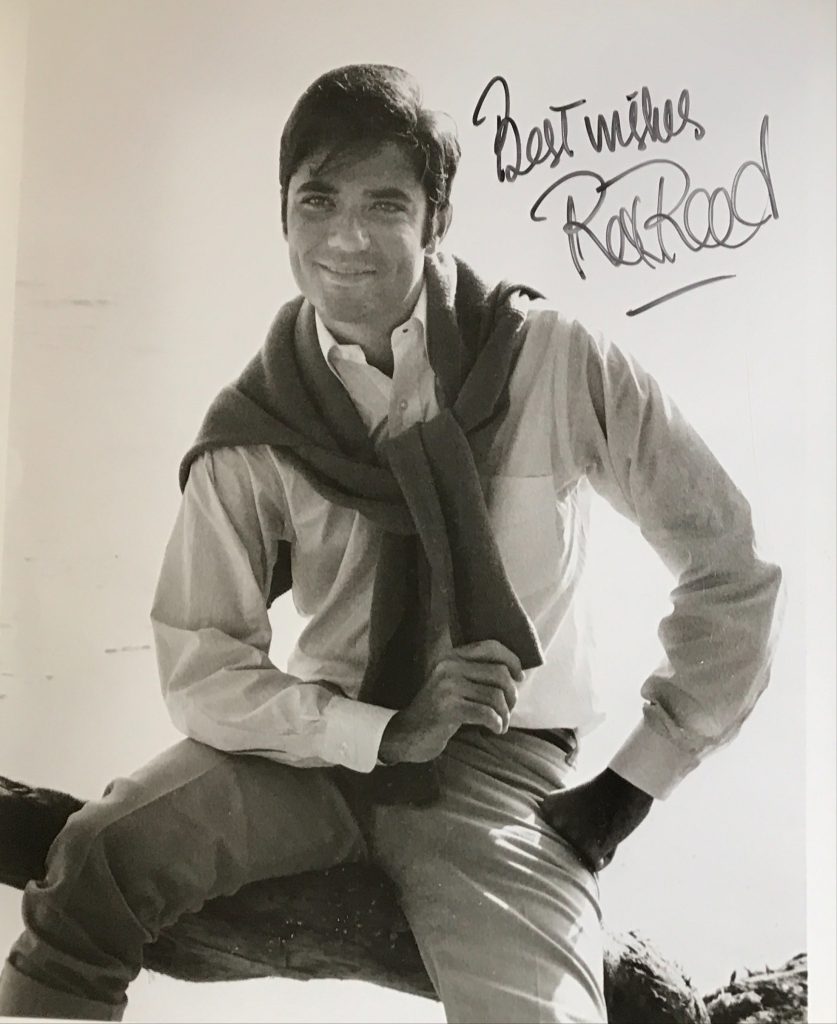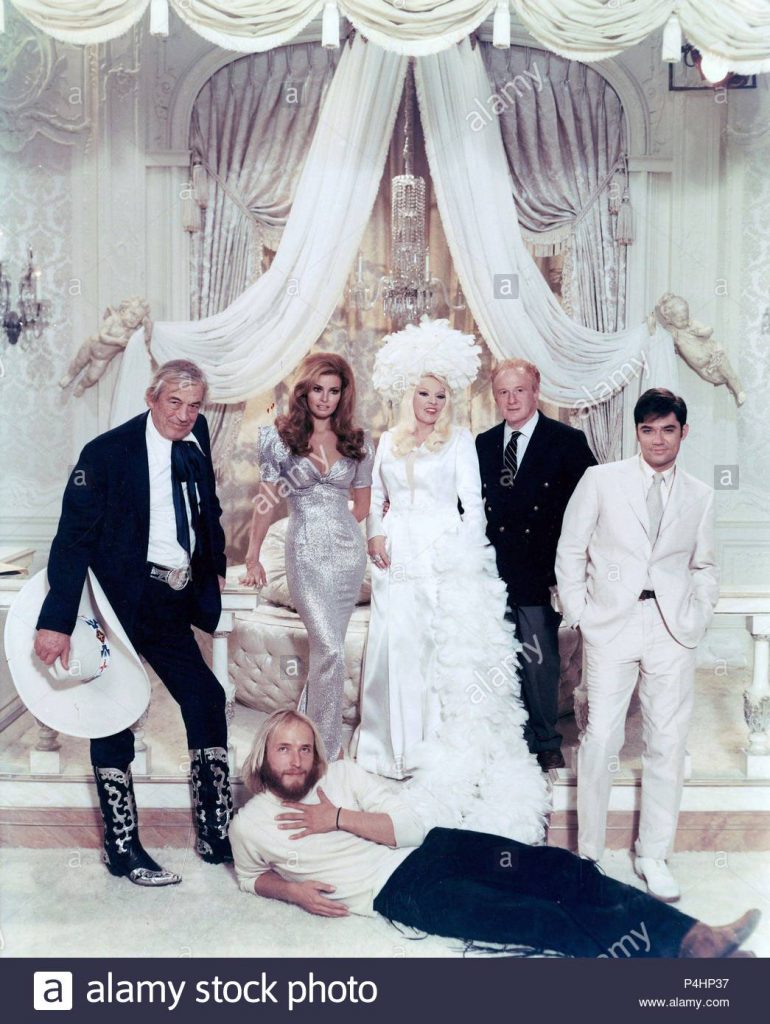Jerry Lewis was born in 1926 in Newark, New Jersey. He initially gained faime as part of a comic double act with Dean Martin in concerts and on the nighclub circuit. They began making films in “My Friend Irma” in 1949. Their other films together include “Sailor Beware”, “Scared Stiff”, “3 Ring Circus”, “You’re Never Too Young. After the duo split up Jerry Lewis continued on a very popular solo cinema career and made such films as “The Nutty Professor”, “The Berllboy”””Cinderfella” and “The ladie’s Man”. In 1995 he made a wonderful British film “Funny Bones”.
“Le Roi du Crazy,” as his fans in France knew him, Jerry Lewis was one of the most iconic comic performers in Hollywood history. As one half of the legendary comedy team of Martin and Lewis with crooner Dean Martin, Lewis left audiences hysterical with his stage persona – a manic man-child whose rubber limbs and unquenchable curiosity brought utter chaos to every stage he graced. The team’s popularity quickly ushered them to television and films, where they became a top box office draw until separating in 1956. Critics wondered if Lewis would translate as a solo act, but he not only surpassed their expectations as a performer, he also displayed a keen visual eye as director on a number of his features, most notably the nearly silent “Bell Boy” (1960) and his most popular picture, “The Nutty Professor” (1963). The 1970s saw an aging Lewis lose his grip on audiences, and his screen appearances were relegated to his annual Muscular Dystrophy Telethon. He would not rebound until the early 1980s, when a string of highly regarded dramatic turns on television and in features like Martin Scorsese’s “The King of Comedy” (1983) would revive interest in his particular brand of humor. Though health issues frequently forced Lewis to curtail his boundless energy, he remained active on stage and screen well into his eighties, which did much to preserve his status as one of the movies’ most unique and creative figures.
He was born Joseph Levitch in Newark, NJ on March 16, 1926. His parents were both showbiz professionals; father Daniel, who performed as Danny Lewis, was a master of ceremonies and all-around entertainer, and mother Rachel, or Rae, played piano on New York radio station WOR while serving as her husband’s musical director. Lewis spent much of his early years under the care of relatives while his parents played the Borscht Belt circuit, though he would join them for summers while they performed in the Catskills. It seems only logical that Lewis would follow in their footsteps, so by the age of five, he had made his stage debut singing the Tin Pan Alley standard “Brother, Can You Spare a Dime?” By 15, Lewis had his own full-fledged comedy routine, and quit high school to play nightclubs. Billed as Jerry Lewis to avoid confusion with then-popular comic Joe E. Lewis or boxer Joe Louis, his early act centered on exaggerated miming to lyrics of popular songs and opera numbers played on an off-stage phonograph. Known as the “Record Act,” it was only a modest success, so Lewis held down a number of dead-end jobs, including theater usher and soda jerk to help make ends meet. Discouraged, he considered leaving the business, but the encouragement of veteran comic Max Coleman, who had worked with his father, buoyed Lewis’ spirits and gave him the impetus to carry on. Shortly thereafter, he won over another comic, Irving Kaye, who helped him book more engagements and increase his exposure.
His fortunes would change forever in 1945, when he met singer and fellow comic Dean Martin at the Glass Hat Club in New York. The following year, their partnership began in earnest when Lewis was playing at the 500 Club in Atlantic City. Another entertainer on the bill with him dropped out, and Lewis suggested Martin as a replacement. They performed separately at first, but on July 25, 1946, they made their debut as a duo. Unfortunately, it was not an immediate success, and the newly minted pair faced dismissal from club owner Skinny D’Amato if they did not work up a better act for the second show of the evening. Conferring in an alleyway behind the club, Martin and Lewis agreed to dispose of the scripted gags from the first show and simply improvise their way through the act. The new routine – which started with Martin crooning a tune, only to be interrupted by Lewis, dressed as a busboy and dropping plates, whereupon the pair would launch into a barrage of off-the-cuff slapstick, old comedy bits, audience banter and songs – was a smash success. Their personas were largely established by this time – Martin was the dry-witted, paternal straight man, while Lewis was a squalling man-child, bursting with energy and seemingly unable to control his mouth or rubbery limbs. Within 18 weeks, the team was earning $5,000 a week and performing up and down the East Coast to the delight of audiences.
Martin and Lewis began their takeover of the entertainment media in the late 1940s, when executives at NBC caught their stage act and began grooming them for television and radio appearances. After a string of promotional guest appearances on other popular radio programs, the duo launched their own series, “The Martin and Lewis Show” in 1949. At the same time, Paramount executive Hal Wallis had discovered them during a triumphant run at the Copacabana Club in New York and wasted no time signing them to a studio contract. Their first film, “My Friend Irma” (1949), cast them in supporting roles – Martin as the romantic interest for second female lead Diana Lynn, and Lewis as his manic roommate, Seymour. Interestingly, Lewis was almost dropped from the picture after his screen test for a largely straight role fell flat. He quickly devised the character of Seymour, based largely around his stage persona, and the pair helped make the film a hit.
The success of “Irma” and their nightclub acts helped to raise the volume on the buzz surrounding Martin and Lewis to considerable levels, and by 1950, they were nearly inescapable, with regular appearances on TV’s “Colgate Comedy Hour” (NBC, 1950-55) and the radio series, which ran until 1953. But films appeared to be the new focus of the act, which was much to Lewis’ preference. A lifelong claustrophobic, he loathed the skyscrapers of Manhattan, which required riding in an elevator; preferring the more modest-sized skyline of Los Angeles. The deal generated by their agent, Abby Greshler, also held appeal for the pair: they received a flat fee of $75,000 – to be split between them – for their Paramount features, yet were allowed to make one outside film per year, which they would produce for their own company, York Productions. They also retained complete control of their live and broadcast appearances, which made them both wealthy men in no time.
“Irma” was naturally followed by a sequel, “My Friend Irma G s West” (1950), which expanded both Martin and Lewis’ role to reflect their growing popularity. The picture was not released until later in the year, which allowed them to take advantage of their “outside picture” clause to make “At War with the Army” (1950), which cast them in their first starring roles. The film also established their essential screen personas – Martin as suave father figure, who fumed good-naturedly over the antics of his pal Lewis, who seemed trapped in a permanent case of arrested development. Critics were sharply divided on the films that followed, which numbered 17 in all by 1956; they were either won over completely by Lewis’ comic timing and Martin’s smooth patter, or they found them hopelessly crude. Audiences, however, were firmly in the former category, and made the pair one of the top box office draws of the 1950s.
Behind the scenes, however, the partnership was beginning to crumble. What began as a strong friendship was slowly unraveling due to Martin’s dissatisfaction with his limited roles and the media’s focus on Lewis’ antics. Lewis was also bringing more emotional tones into his performances, while Martin was simply required to look handsome, perform a few songs and endure Lewis. As Lewis would also later admit, his own raging ego and insensitive behavior put Martin off on his friend. The breaking point came with a cover shoot for Look magazine that completely cropped Martin out of the picture. The pair feuded openly, and though Martin finished his commitment to Paramount, he was essentially done with the team and Lewis as a friend. They split on July 25, 1956 – 10 years to the date of their first performance as a team – with their final picture, “Hollywood or Bust” (1956), appearing in theaters some five months later. Their final days were rancorous ones; neither Martin nor Lewis spoke to each other once the cameras stopped rolling on “Hollywood,” and the pair would not reunite for nearly two decades.
Lewis, however, remained with Paramount, where he teamed with director Frank Tashlin, formerly of Warner Bros.’ Looney Tunes and the man behind the camera on “Hollywood,” for a string of highly successful solo projects. The first, “The Delicate Delinquent,” (1957) originally intended as a Martin-Lewis picture, starred Lewis as a hapless teen mistaken for a gang member who is taken under the wing of a kindly police officer (Darren McGavin, standing in for Martin). Though Lewis was typically unbridled in his comic moments, the pathos that seeped into later Martin-Lewis films was more pronounced here, and would be an element of all subsequent Lewis films. Made for just $500,000, it grossed $6 million at the box office and firmly established Lewis as a star in his own right.
The success of “Delinquent” was followed by a string of similar hits, including “The Sad Sack” (1957), a remake of Preston Sturges’ “Miracle at Morgan’s Creek” (1944) called “Rock-a-Bye Baby” (1958) and “The Geisha Boy” (1958), with Tashlin at the helm for all but one (“Sad Sack”). He also found himself with a surprisingly successful recording career, starting with the single “Rock-a-bye Your Baby with a Dixie Melody,” which sold four million copies, and even starred in his own comic book, The Adventures of Jerry Lewis, which occasionally partnered him with superher s like Batman or Superman from the stable of publisher DC Comics. But by far, the biggest event in Lewis’ career during the period was the unprecedented contract he signed with Paramount Pictures. In 1959, the studio agreed to pay Jerry Lewis Productions $10 million and 60 percent of box office profits from his subsequent efforts. The move was not simply a reward for his stellar returns from moviegoers; the agreement allowed Lewis to write, produce and direct his own films. Lewis felt stagnant in the films he was making under his contract to Hal Wallis, and sought greater control over his own projects. After signing the new contract, he completed his commitment to Wallis with 1960’s “Visit to a Small Planet,” a broad adaptation of the television play of the same name by Gore Vidal (NBC, 1955); this time directed by Norman Taurog, who had helmed several of the better Martin-Lewis vehicles.
In 1960, Lewis starred and produced “Cinderfella,” his skewed take on the well-loved fairy tale, with Tashlin behind the camera once again. The production showcased two of Lewis’ most enduring – and notorious – personality traits: a perfectionist streak and a willingness to put his own physical well-being on the line for a joke. In the case of the latter, Lewis was hospitalized for four days after completing a single take in which he ran to the top of a grand ballroom staircase in just seven seconds, whereupon he collapsed and was confined to an oxygen tent. His box office clout also gave him the authority to officially hold up the film’s release until the 1960 holiday season, despite Paramount’s desire to send it out as a summer film. Eventually, the studio relented, but only if Lewis could turn out a replacement for a July release.
The result was “The Bellboy” (1960), a nearly silent, stream-of-consciousness picture hinged around the simplest conceit: a hapless bellboy (Lewis) bumbles his way through a series of comic mishaps. Lewis conceived the project while performing at the Fountainbleu Hotel in Miami, FL, and shot the film there during daylight hours on a three-week schedule while honoring his contract to the hotel’s club at night. It was originally pitched as a starring feature for comedy legend Stan Laurel, who politely declined the role, fearing that his advanced age would disappoint fans, so Lewis hewed his performance and appearance as close to Laurel as possible. The picture, which officially marked Lewis’ debut as a director, was not a box office hit on par with his previous solo efforts, but was notable for two reasons: it served as the launching pad for Europe’s love affair with Lewis due to its similarity to the works of director Jacques Tati and it introduced the movie industry to his unique development: the video assist, a bank of video cameras and closed circuit monitors, which allowed him to play back and view a take immediately after shooting it. The system later became an industry-wide standard.
The blend of inventive visual storytelling and broad physical humor of “The Bellboy” set the tone for Lewis’s subsequent film efforts. Projects like “The Ladies Man” (1961) and “The Errand Boy” (1961) demonstrated his innate understanding of camera movement, color, set design – most notably in “Ladies Man,” which unfolded on a 60-room set, the largest ever built at Paramount – and montage. Though critics continued to be less than wowed by Lewis’ films – they were, after all, still broad comedies built around his caffeinated burlesque – fans continued to flock to them. He did manage to earn some begrudging respect for his best feature from the 1960s, “The Nutty Professor” (1963), a comic take on “Dr. Jekyll and Mr. Hyde” about a nerdy college teacher who unleashes a smooth if soulless inner personality. One of his most crowd-pleasing hits, it also featured a terrific performance by Lewis as both the teacher and his id-driven alter ego, and an emotional core that lacked the treacle of some of his early efforts. Lewis labored for years to make a sequel, which faded as his box office star dimmed; however, he served as executive producer of the smash hit Eddie Murphy remake (1996) and its 2000 sequel.
“Professor” would serve as one of Lewis’ last big hits; by the mid-1960s, his particular brand of humor was losing its grip on movieg rs. This fact, combined with the backlash that continued unabated from stateside critics, may have contributed to “The Patsy” (1964), an uncharacteristically cynical take on the manufactured nature of stardom as viewed through the eyes of Lewis’ “Bellboy” character, who is elevated to national fame by a team of showbiz types. Though several set pieces delivered the expected number of gags, and Lewis’ direction was exceptional, the film gave the impression that Lewis’ relationship with Hollywood was souring. There would be one final hit for him at Paramount – “The Disorderly Orderly” (1964), a throwback to his late 1950s efforts directed by Tashlin – before the curtain began to fall on his tenure there. “The Family Jewels” (1965), with Lewis in seven different roles, was his first box office failure, as was “Boeing Boeing” (1965), a labored adaptation of Marc Camoletti’s sex face about two playboys (Lewis and Tony Curtis) and their rotating list of stewardesses. The back-to-back flops made it impossible for Paramount to continue to award Lewis the degree of control he desired for his directorial efforts. He parted company with the studio in 1965.
He landed at Columbia in 1966 to begin a string of comedies intended to rebuild his career with movie audiences, but the pictures – including “Three on a Couch” (1966), “Way Way Out” (1966), which featured a title song by his son Gary Lewis’ pop group the Playboys, and “Don’t Raise the Bridge, Lower the River” (1967) – failed to generate much box office traction. Sensing the downward motion of his career, he focused his boundless energies on other endeavors, including a film directing class at the University of Southern California where he mentored, among others, Steven Spielberg and George Lucas.
Lewis also became deeply invested in his annual MDA Labor Day Telethon, which raised money for the Muscular Dystrophy Association since 1966. Lewis began hosting regional telethons for the organization as early as 1952, and was the obvious choice to host a national telethon in 1966. Though the idea of a major telethon on a holiday weekend was dismissed by some as an unquestionable failure, Lewis’ sheer force of will, along with the help of numerous celebrity guests, helped to raise over $1 million for the charity. He repeated the success the following year, and topped it in 1973 by raising $10 million. Three years later, the telethon made headlines when guest Frank Sinatra brokered an on-air reunion between Lewis and Dean Martin. The telethon had as many detractors as supporters; critics found Lewis treacly and overbearing as a host, and disability rights activities took umbrage at how he described MD sufferers as incapable of taking care of themselves without the support of the telethon. However, few could deny Lewis’ passion for the cause, which he displayed through 16-hour stretches on air and ceaseless campaigning in advertising. By 2009, his efforts had raised $1.46 billion for muscular dystrophy, which resulted in a Nobel Peace Prize nomination in 1977.
Though his humanitarian efforts received considerable praise, Lewis’ film career was dead in the water by the 1970s. He remained exceptionally popular in Europe; most notably France, where the influential magazine Cahiers du Cinemaheaped some of its most effusive words on his body of work. In America, however, he was regarded as hopelessly out of date, with the dotage by Continental critics and audiences a popular gag with comics and pundits at the expense of Lewis and the French alike. Lewis attempted to resuscitate his image with “The Day the Clown Cried” (1972), a European-produced melodrama about a circus clown forced by the Nazis to lead children into the death chambers. The project horrified just about anyone who heard about it, and the select few who viewed it reported the experience as both baffling and unsettling. Litigation over production fees forced Lewis to cease completion on the film, and in the decades following its production, he was alternately hopeful and dismissive of a final release. Lewis also suffered from a debilitating addiction to the painkiller Percodan during this period, which he eventually overcame in 1978.
A frustrated Lewis returned to his first showcase – the stage – for a 1976 production of “Hellzapoppin’,” but the frantic Jazz Era musical folded before it ever reached Broadway. He was forced to focus on the telethon, as well as comedy performances and lectures to maintain his career until 1981, when he returned to features with “Hardly Working.” The comedy, about a hapless circus clown who fails miserably at every attempt to hold down a steady job, relied on relentless slapstick and the broadest of gags, but the film was a surprise hit in American theaters. Sensing a return to form, Lewis began crafting his next picture when disaster struck.
A massive heart attack nearly killed him in 1982; the experience, which he later described as near-death, served as the perverse inspiration for his next picture, “Smorgasbord” (1983), which told the story of a man (Lewis) whose failures extend even to suicide. The picture was released directly to cable under the title “Cracking Up.” Its failure was soon overshadowed by a remarkable dramatic turn as a late night talk show host kidnapped by an obsessive fan (Robert De Niro) in Martin Scorsese’s black comedy, “The King of Comedy” (1981). Critics were effusive in their praise for Lewis’ performance, but he was unable to turn the triumph into subsequent work of the same caliber. Instead, he floundered in a ghastly adaptation of Kurt Vonnegut’s “Slapstick of Another Kind” (1983), which saw him don appalling makeup and a semi-moronic stance as one half of a pair of monstrous children who are revealed to have extraterrestrial origins. A year later, he returned to France to make a pair of comedies so grim that he retained the rights in order to keep them out of the United States.
In 1986, he enjoyed a resurgence of respect with a dramatic turn in the ABC TV movie “Fight for Life,” about a doctor (Lewis) whose struggle to obtain a rare drug for his epileptic daughter highlighted problems within the Food and Drug Administration. He followed this with an impressive four-episode arc on the crime drama “Wiseguy” (CBS, 1987-1990) as a garment business owner who turns to Ken Wahl’s undercover agent for protection against mobsters. The appearances sparked a sort of revival of Lewis’ career, and he enjoyed a string of modest and well-praised appearances in features like “Mr. Saturday Night” (1992) and “Funny Bones” (1994), most of which traded on his long and storied showbiz career. In 1994, he enjoyed a triumphant run on Broadway as the Devil in a production of “Damn Yankees.” Two years later, one of his longest gestating projects, a remake of “The Nutty Professor,” finally made it to screen, but with Eddie Murphy as both Julius Kelp and Buddy Love. A blockbuster with audiences, it generated a vulgar 2000 sequel and a tidy sum for Lewis, who served as producer on both films.
Unfortunately, Lewis’ health issues and a string of controversial statements forced him to take a back seat throughout most of the new millennium. Prostate cancer, diabetes, pulmonary fibrosis, and a second heart attack nearly brought him to death’s door a second time, and the treatment for the fibrosis through Prednisone resulted in his weight ballooning to dangerous levels. Lewis eventually battled an addiction to the medication, as well as pneumonia, viral meningitis and the insertion of two stents in a blocked artery. The press was sympathetic to Lewis’s continuing health issues, but less so in regard to unfortunate statements like his 2000 dismissal of female comics in front of a festival crowd and homophobic jokes made during the 2007 and 2008 telethons. In 2008, he was cited for carrying a concealed weapon at McCarran International Airport in Las Vegas.
Despite these incidents, Lewis remained both active and popular as he entered his eighth decade. In 2008, he announced that he was working on a musical stage adaptation of “The Nutty Professor” with composers Marvin Hamlisch and Rupert Holmes. The following year, he was cast as the lead in “Max Rose” (2009), his first lead in a feature film since “King of Comedy.” Lewis’ long and fabled career received its share of tributes during this period as well, most notably the Jean Hersholt Humanitarian Award at the 81st Annual Academy Awards for his work for muscular dystrophy. The award was one of several major fetes between 2004-09, including a career achievement award from the Los Angeles Film Critics Association, the Governors Award from the Emmys in 2005, a Satellite Award for an appearance on “Law and Order: Special Victims Unit” (NBC, 1999- ) and an induction into the New Jersey Hall of Fame in 2009. After 45 years of hosting the MDA Labor Day telethon, Lewis announced in May 2011 that he would be stepping down later that year as host, stating that it was time for “new telethon era.” He confirmed he would make his final appearance on the September telecast, but still continue in his longtime role as the association’s national chairman.
This TCM Overview can also be accessed online
here.
He died in 2017 at the age of 91.
